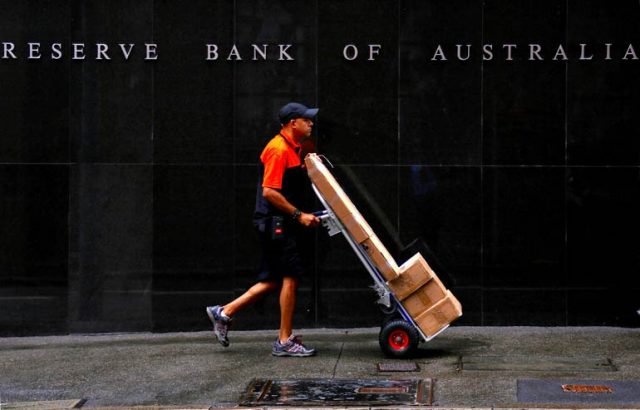Gov’t fully awards 5-year bonds as rate declines

THE GOVERNMENT made a full award of the reissued five-year Treasury-bonds (T-bonds) it auctioned off on Tuesday and opened the tap facility to raise another P10 billion via the tenor on the back of strong demand.
The Bureau of the Treasury (BTr) borrowed P35 billion as planned on Tuesday via its offer of reissued five-year bonds, which have a remaining life of four years and 11 months.
Total bids reached P75.716 billion, making the offer more than two times oversubscribed. To accommodate the excess demand, the Treasury opened the tap facility to raise another P10 billion from the papers.
The five-year notes fetched an average rate of 3.295%, slightly lower than 3.3% coupon quoted when the papers were first offered on April 6, but a tad higher than the 3.255% yield for the tenor at the secondary market, based on the PHL Bloomberg Valuation Reference Rates published on the Philippine Dealing System’s website before the auction.
“[The offering saw] good participation, with tenders more than twice our offer and rates within secondary level,” National Treasurer Rosalia V. de Leon told reporters via Viber.
Ms. De Leon added that the robust demand seen yesterday may have been caused by market expectations of another rate cut by the Bangko Sentral ng Pilipinas (BSP) as the coronavirus pandemic continues to cloud the country’s economic outlook.
The central bank’s policy-setting Monetary Board will have its next review on May 13.
Bangko Sentral ng Pilipinas (BSP) Governor Benjamin E. Diokno has said the central bank will remain supportive of the country’s recovery and will ensure that its exit from easy monetary policy would not cause economic risks.
Last year, the central bank slashed borrowing costs by 200 basis points, which brought down the key policy rate to a record low of 2%.
Meanwhile, a bond trader said the market was taking positions ahead of the release of April inflation data on Wednesday.
Headline inflation could have accelerated again in April to go beyond the annual target for the fourth consecutive month due to high food and transport prices, according to analysts.
A BusinessWorld poll last week of 17 analysts yielded a median estimate of 4.7% for April headline inflation, near the upper end of the 4.2% to 5% estimate given by the BSP for the month.
If realized, inflation would be faster than the 4.5% print in March as well as the 2.2% a year earlier. It would also mark the fourth straight month of inflation overshooting the 2-4% target set by the BSP, and the quickest print since the 5.1% in December 2018.
Analysts said higher meat prices likely fueled a faster increase in the consumer price index after the lifting of the 60-day price cap on selected pork and chicken products on April 8, coupled with elevated transport costs due to the continued increase in oil prices.
The central bank expects inflation to average at 4.2% this year, faster than the 2.6% in 2020 and beyond the 2-4% target. By 2022, the BSP sees headline inflation easing to 2.8%.
Ms. De Leon said investors also expect headline inflation to go back to BSP’s 2-4% annual target range next year, making investors willing to put their money in slightly longer bond tenors.
The BTr plans to raise P170 billion from the local bond market this month: P100 billion via the weekly offering of Treasury bills and P70 billion in T-bonds to be auctioned off fortnightly.
The government is looking to borrow P3 trillion this year from domestic and external sources to help fund a budget deficit seen to hit 8.9% of gross domestic product. — B.M. Laforga















